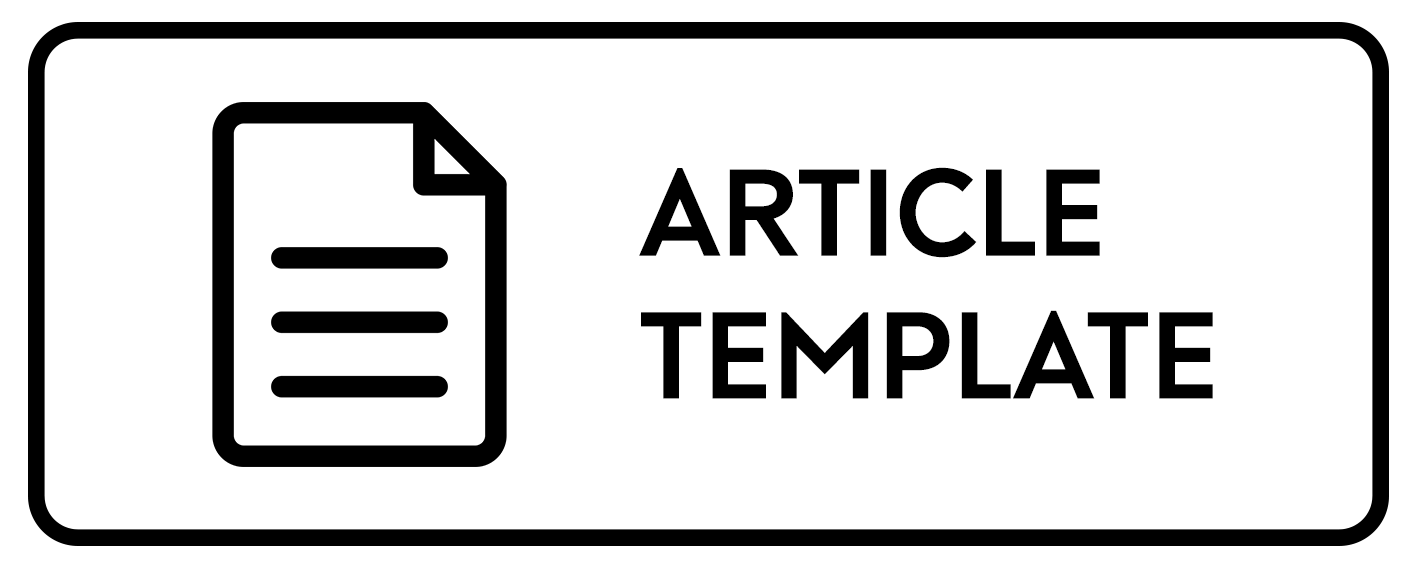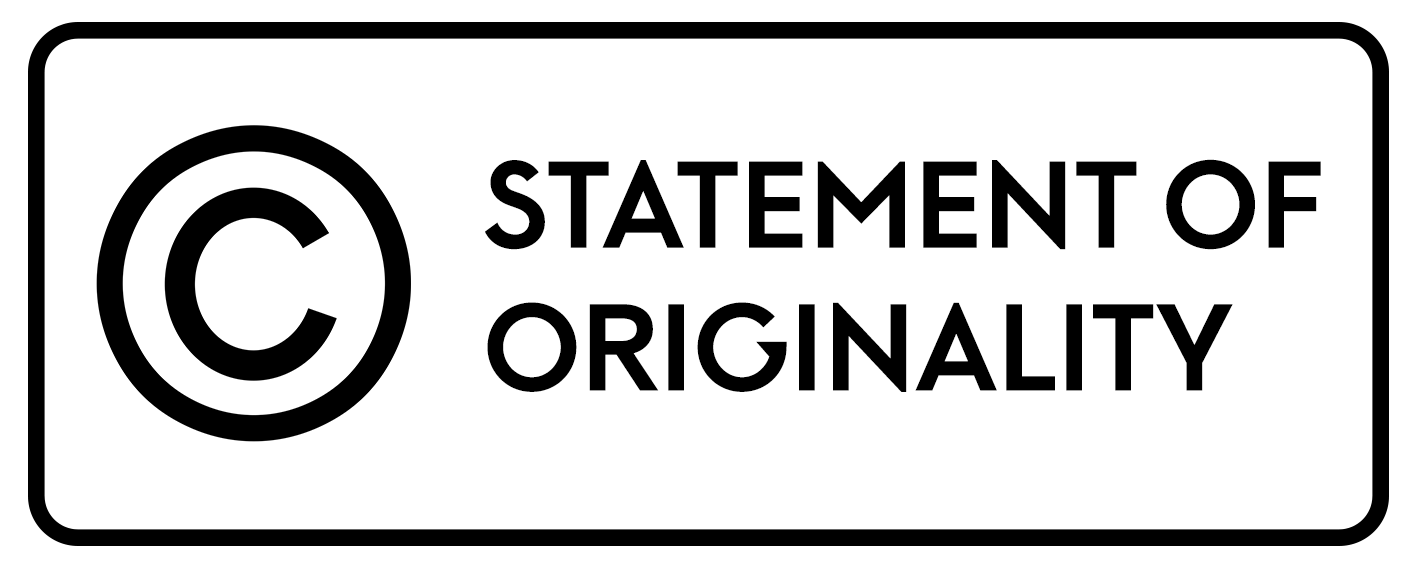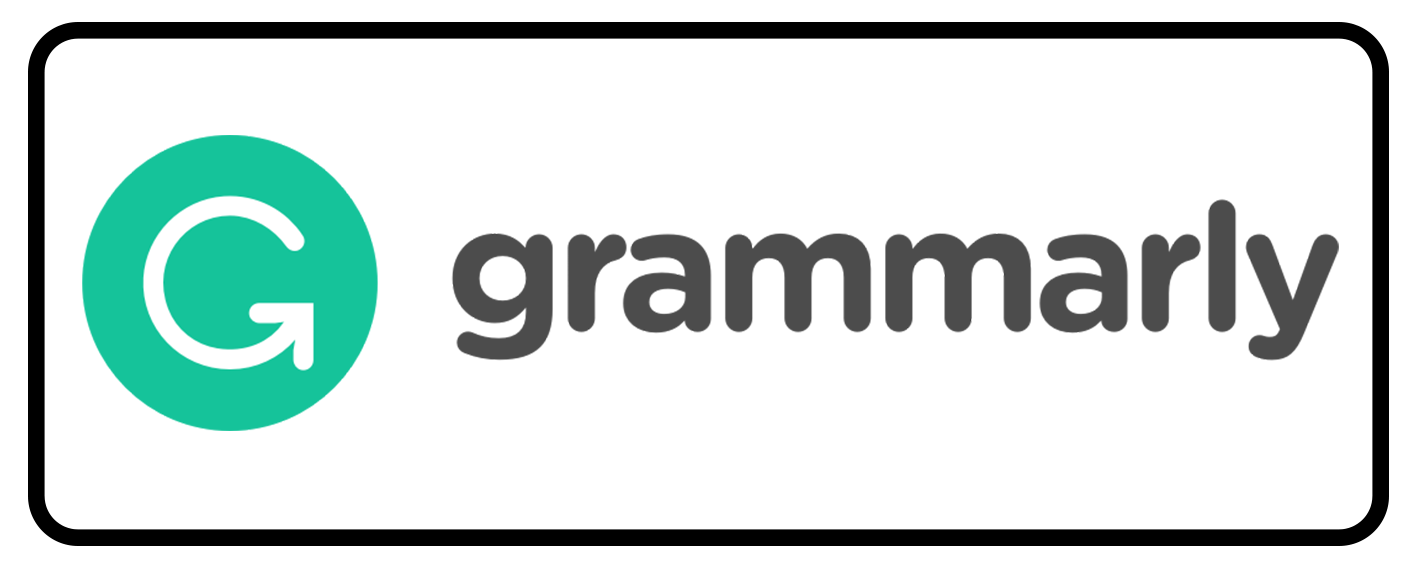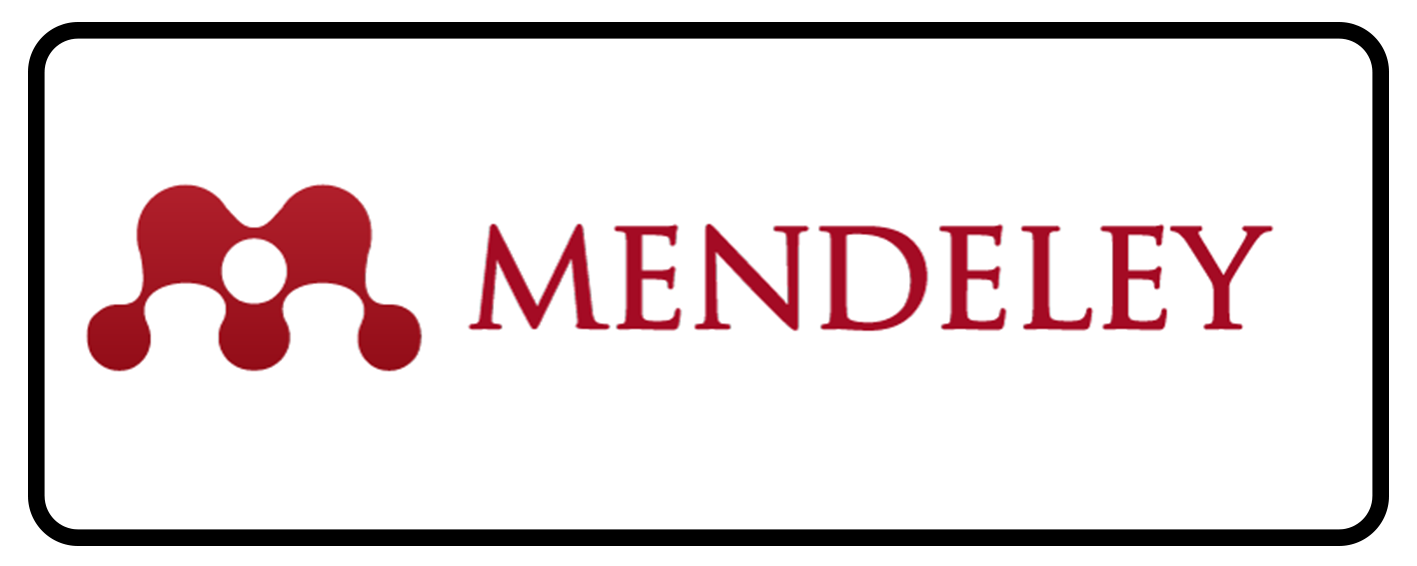SLIP OF THE TONGUE IN BBC NEWS ANCHORS’ VIDEOS IN TEXTUAL PRONUNCIATION CONTEXT
Abstract
One of the speech error phenomena is a slip of the tongue, which frequently occurs in pronunciation. Accordingly, the paper intended to address two questions. First, what are the types of the slip of the tongue found in BBC news anchors’ utterances? Second, what are the frequency effects that influence the slips of the tongue in the videos? Data were collected from YouTube videos of BBC news anchors in textual pronunciation, namely pronunciation in context. The analysis was conducted based on the types of slips of the tongue and frequency effects. Results showed that the three types of slips of the tongue occurring in the videos were anticipation, perseverations, and exchange. The four frequency effects identified in the videos were the lexical expectation effect, the speaking rate effect, the type effect, and the location similarity effect.
Keywords
Full Text:
PDFReferences
Akbarov, A. (2012). A cognitive process in second language acquisition through speech error analyses. PedActa, 2, 55-58. Retrieved on September 22, 2016, from http://padi.psiedu.ubbcluj.ro/pedacta/article_2_2_5.pdf
Altiparmak, A., & Kuruoglu, G. (2014). Slips of the tongue: A psycholinguistic study in Turkish language. Humanities and Social Sciences Review, 3(2), 241-254. Retrieved on September 22, 2016, from http://university publications.net/hssr/0302/pdf/R3ME275.pdf
Angelina, P. (2019). Improving Indonesian EFL students’ speaking skill through Pecha Kucha. LLT Journal: A Journal on Language and Language Teaching, 22(1), 86-97. Retrieved from http://e-journal.usd.ac.id/index.php/LLT/article/view/1789
Ary, D., Jacobs, L. C., & Razavieh, A. (1972). Introduction to research education (2nd ed.). New York: Holt, Rinehart and Winston.
Boomer, Donald. S., & Laver, J. D. M. (1968). Slips of the tongue. British Journal of Disorders of Communication, 3(1), 1-12.
Carroll, D. W. (1986). Psychology of language. Pacific Grove, CA: Brooks/Cole Publishing Company.
Carroll, D. W. (1999). Psychology of language (3rd ed.). Pacific Grove, CA: Brooks/Cole publishing Company.
Chaer, A. (2003). Psikolinguistik: Kajian teoritik. Jakarta: PT Rineke Cipta.
Clark, H. H., & Clark, E. V. (1977). Psychology and language: An introduction to psycholinguistics. New York: Harcourt Brace Jovanovich.
Cohen, A. (1966). Errors of speech and their implication for understanding the strategy of language users. Zeitschrift fur Phonetik, 21, 177-18. Retrieved on September 22, 2016, from http://pubman.mpdl.mpg.de/pubman/item/ escidoc:2309734:3/component/escidoc:2309733/Cohen_1966_Errors.pdf
Dell, G. S., & Reich, P. A. (1980). Slips of the tongue: The facts and a stratificational model. Rice Institute Pamphlet - Rice University Studies, 66. Retrieved on September 22, 2016, from http://hdl.handle.net/1911 /63410
Freud, S. (1901). The psychopathology of everyday life. London: Hogarth Press.
Fromkin, V. A. (1968). Speculations on performance models. Journal of Linguistics, 4, 47-68. Retrieved on September 29, 2016, from https://www.jstor.org/
Fromkin, V. A. (1971). The non-anomalous nature of anomalous utterances. Language, 47, 27-52. Retrieved on September 22, 2016, from http://web.stanford.edu/~zwicky/Fromkin-non-anomalous.pdf
Fromkin, V. A. (1973). Speech errors as linguistic evidence. The Hague: Mouton.
Fromkin, V., Rodman, R., & Hyams, N. (2003). An introduction to language (7th ed.). Boston: Wadsworth.
Gleason, J. B., & Ratner, N. B. (1998). Psycholinguistics. Fort Worth: Harcourt Brace College Publishers.
Goldrick, M. (2009). Running head: Speech errors and phonological theory. Evanston, IL: Northwestern University.
Hockett, C. F. (1967). Where the tongue slips, there slip I. To Honor Roman Jakobson, -, 910-936.
Jaeger, J. J. (2005). Kid’s slips: What young children’s slip of the tongue reveal about language development. Mahwah, NJ: Lawrence Erlbaum Associates, Publishers.
Lado, R. (1964). Language teaching: A scientific approach. New York: McGraw Hill.
Lashley, K. S. (1951). The problem of serial order in behavior in: Cerebral mechanisms in behavior. L. A. Jeffress (ed.), -, 112-136. Retrieved on September 29, 2016, from http://s-f-walker.org.uk/pubsebooks/
Levelt, W. J. M. (1989). Speaking: From intention to articulation. Cambridge, MA: MIT Press.
MacKay, D. G. (1970). Spoonerisms: the structure of errors in serial order of speech. Neuropsychologia, -, 323-350. Retrieved on September 29, 2016, from http://mackay.bol.ucla.edu/1970%20Spoonerisms%201970.pdf
Megariani, Y. (2018). Utilizing authentic videos: An action research to enhance students' ability in developing their speaking content. International Journal of Indonesian Education and Teaching (IJIET), 2(1), 60-70. Retrieved from http://e-journal.usd.ac.id/index.php/IJIET/article/view/959/751
Moser, D. (1991). Slip of the tongue and pen in Chinese. Sino-Platonic Papers. 22. Retrieved on September 22, 2016, from http://sino-platonic.org/
Motley, M. T., & Baars, M. J. (1976). Semantic bias effects on the outcome verbal slips. Cognition, 4, 177-187. Retrieved on September 22, 2016, from https://scholarship.rice.edu/bitstream/handle/1911/63410/article_RIP662_part2.pdf?sequence=1
Sanjaya, A., & Nugrahani, V. (2018). Speech disfluency in groups’ presentations of English education master’s program students. LLT Journal: A Journal on Language and Language Teaching, 21(1), 11-26. Retrieved from http://e-journal.usd.ac.id/index.php/LLT/article/view/895
Taylor, I., & Taylor, M. M. (1990). Psycholinguistics: Learning and using language. Eaglewood Cliffs, NJ: Prentice-Hall International.
Vitevitch, M. S., Siew, C. S. Q., Castro, N., Goldstein, R., Ghrast, J. A., Kumar, J. J., & Boos, E. B. (2015). Speech error and tip of the tongue diary for mobile devices. Frontiers in Psychology, 6, 1-9. Retrieved on September 29, 2016, from http://journal.frontiersin.org/
Wells, R. (1951). Predicting slips of the tongue. Yale Scientific Magazine, 26(3), 9-30.
DOI: http://dx.doi.org/10.30872/calls.v6i1.2699
Copyright (c) 2020 Dirtya Sunyi Paradewari, Barli Bram

This work is licensed under a Creative Commons Attribution-ShareAlike 4.0 International License.
Editorial address:
Fakultas Ilmu Budaya, Universitas Mulawarman
Address: Jl. Ki Hajar Dewantara, Gunung Kelua, Kec. Samarinda Ulu, Kota Samarinda, Kalimantan Timur, Indonesia 75123
Email: jurnalcalls@fib.unmul.ac.id
Website: http://e-journals.unmul.ac.id/index.php/CALLS

CaLLs: Journal of Culture, Arts, Literature, and Linguistics site is licensed under a Creative Commons Attribution-ShareAlike 4.0 International License
CaLLs: Journal of Culture, Arts, Literature, and Linguistics indexing by:















